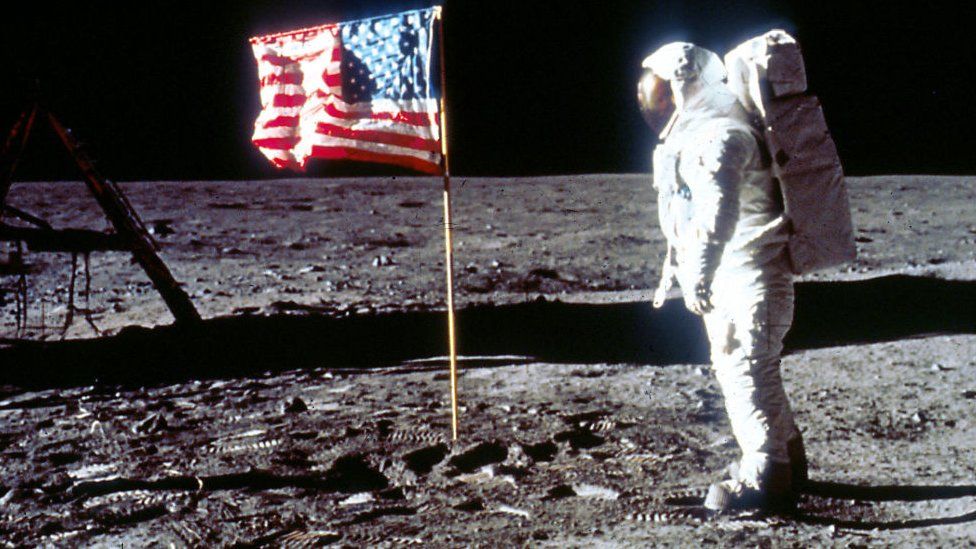Turner, AI SpaceFactory aim to test off-world 3D printing on earth

A biopolymer basalt composite developed for the moon and Mars could have far-reaching impacts on terrestrial construction.

When Turner Construction Chief Innovation Officer James Barrett sent out a companywide email a couple years ago to gauge interest in a division that would explore how to build in the final frontier, he got a response like he’s never had before or since.
“It was probably the first and last group I’ve ever had inside of Turner that had such passion,” Barrett said. “It’s a topic that just gets people so excited and inspired.”

Turner hasn’t (yet) created a formal “off-planet” division, but its R&D efforts are picking up steam as NASA accelerates its Moon to Mars Planetary Autonomous Construction Technologies project, a partnership between industry, government and academic institutions to develop 3D printing processes that can be used to build infrastructure on the moon and Mars.
Barrett and a small team from Turner are working with New York-based AI SpaceFactory, a “multi-planetary” design agency founded by architect David Malott, who specialized in designing skyscrapers for New York-based KPF before founding his firm in 2017. AI SpaceFactory’s mission is “to enable human habitation beyond Earth and to apply those technologies to improve how we build and live on our planet.”
In 2019, AI SpaceFactory won NASA’s 3D Printed Habitat Challenge with a 15-foot-tall prototype structure printed using biopolymer basalt composite, a biodegradable material made completely from resources found on Mars. As Malott’s team continued to develop off-planet infrastructure with NASA, it became clear that AI SpaceFactory needed to find a partner that understood building and construction.
“NASA is full of extremely bright engineers who build rockets and spacecraft and planetary scientists who really understand the lunar and Martian environment,” Malott said. “But NASA doesn’t have architects and engineers and construction companies, so it has been reaching out to the building industry for the first time. They’re talking about going back to the moon, but they want to do it in a sustainable way that enables them to gain a foothold and then use it as a stepping stone to get to Mars.”
AI SpaceFactory needed to find ways to to test its 3D printing and composite technologies in terrestrial applications. Malott turned to Turner, which he had worked with on several skyscrapers, because he saw the company as open-minded. “They immediately latched onto this,” he said.
Turner is actively looking for a construction project where it can deploy SpaceFactory’s 3D printer using natural, biodegradable products grown from crops. Malott is optimistic that will happen within the year, though Barrett cautioned, “It’s a tricky thing to find the right construction project to try this stuff because it’s all cutting-edge.”
As above, so below
Barret said building in space presents “the ultimate innovation challenge, which is that you’re limited in what you can bring off-planet.” The lunar environment requires robust structures to provide thermal, radiation and micrometeorite protection, but concrete can’t be produced because there’s no water. Human labor will be extremely limited, so structures will most likely have to be constructed by robots using only the resources that exist in-situ.
“You’re massively constrained by what you can do, and that means you have to be super creative,” Barrett said. “How can you reuse materials from the rocket? How do you use the regolith, the layer of powder that sits on top of the planet’s crust, which is mostly basalt? Talk about the ultimate think-outside-the-box exercise.”
Overcoming those restraints will be just as valuable for building on Earth as it becomes increasingly clear that this planet’s resources aren’t limitless. Barrett is encouraged by the indigenous, biodegradable materials AI SpaceFactory is developing because he’s not a fan of the advanced materials currently available for use with 3D printing, which tend to be plasticized. He sees immediate practical value in using 3D printing with in-situ materials to build low-cost structures in the developing world.
For Barrett (and the roughly 300 Turner employees who responded to his email inquiry), building in space is not only the realization of a childhood dream but the dawning of a new epoch.
“Instead of the era of the starchitect,” he said, “I think it’s going to be the era of the star architect.”
This article was originally written by Robyn Griggs Lawrence and appeared here.


Comment (0)